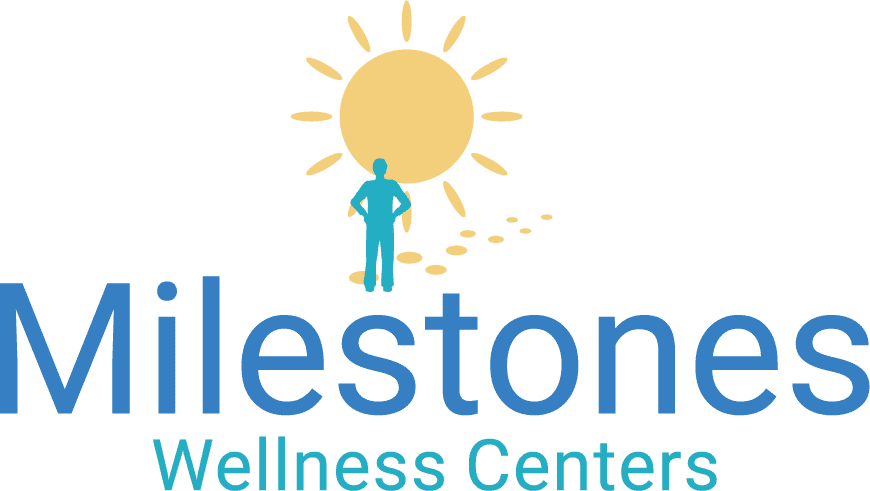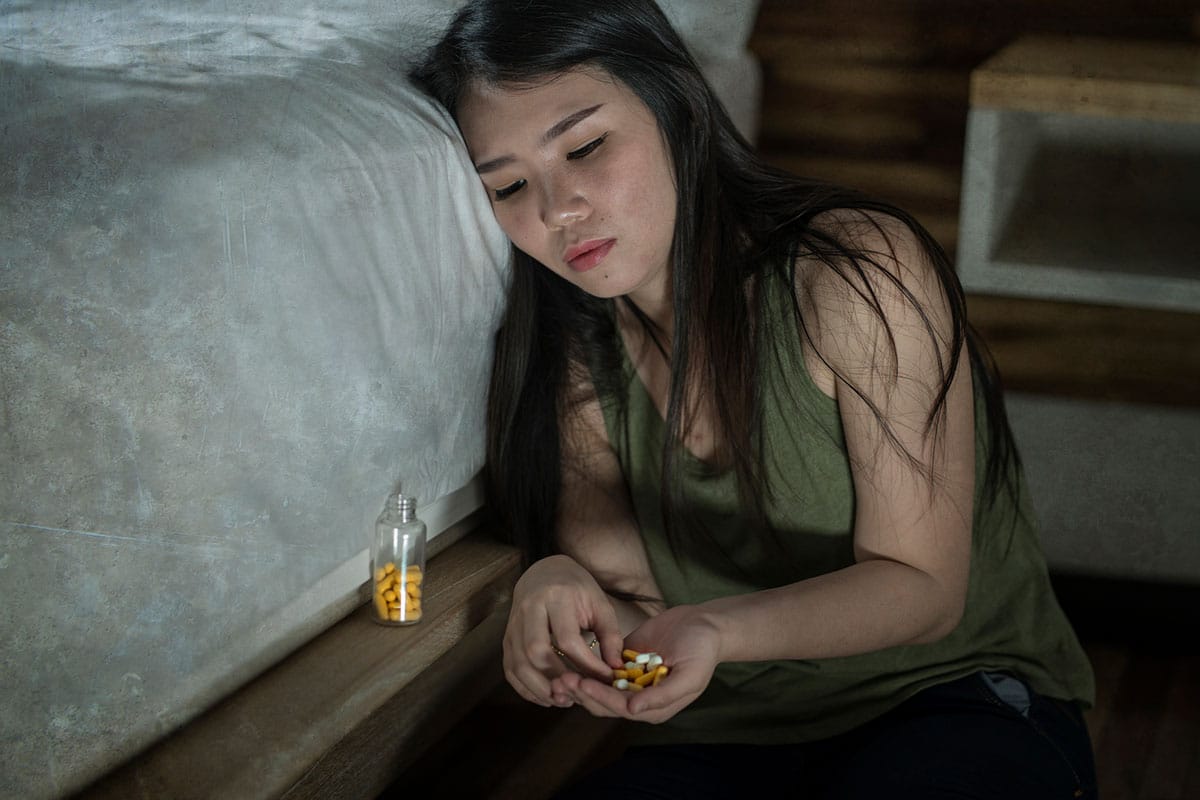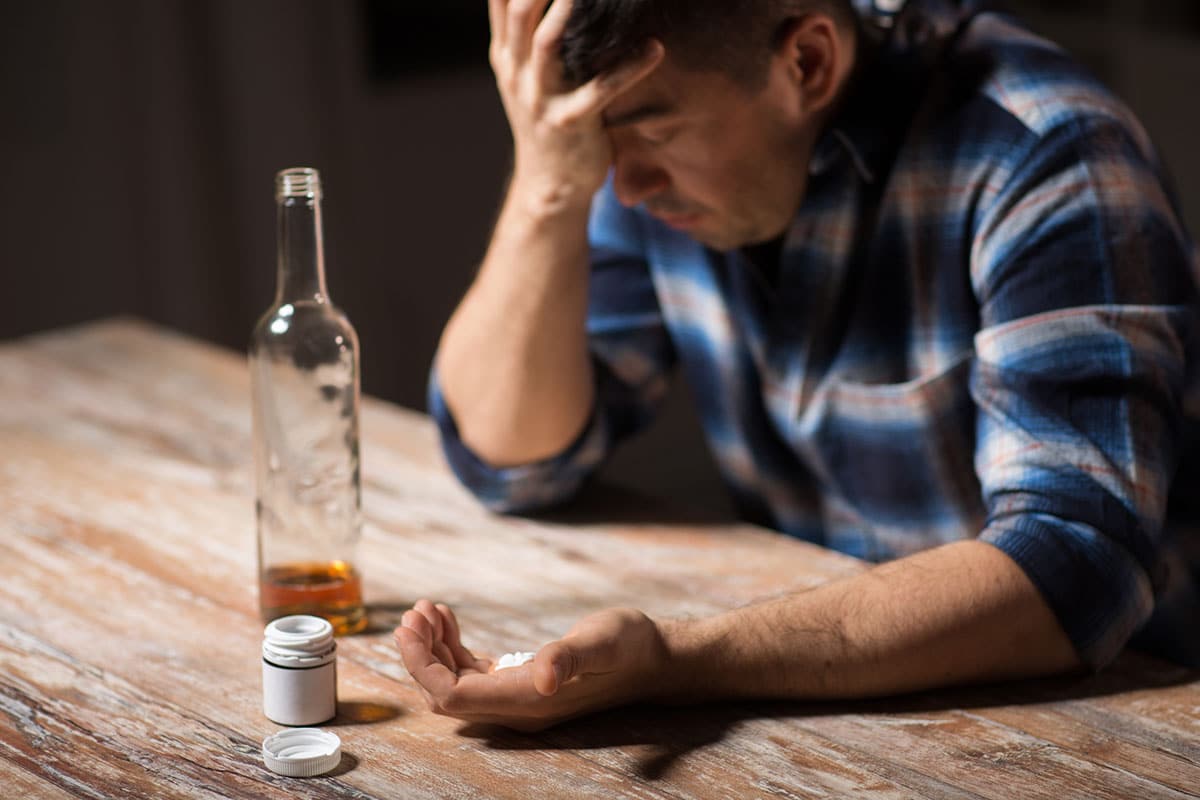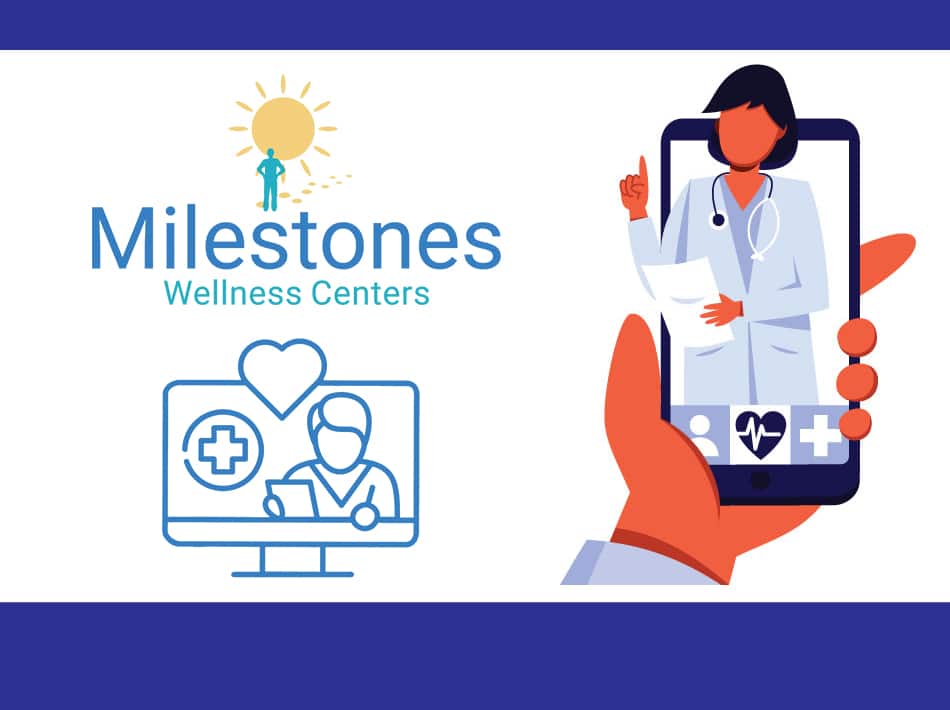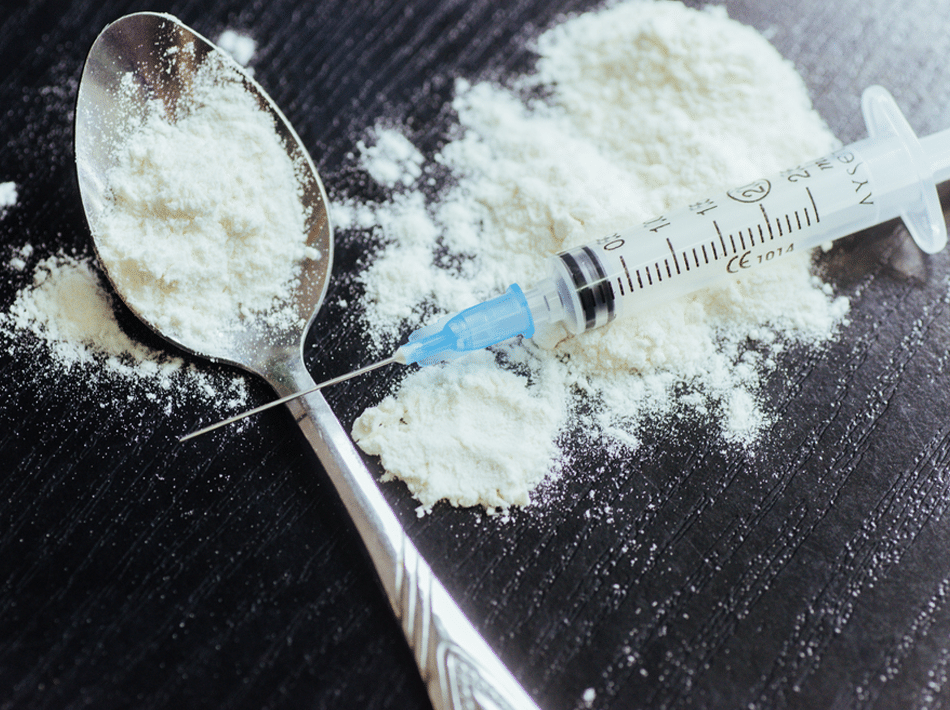In substance abuse there are many factors that come into play when looking at what causes a person to use the illicit substance. Of these there are biological, neurological, genetic, epigenetic, molecular, and developmental aspects along with the psychological aspects that cause such behavior. Triggers are ones that fall between a neurobiological realm and the subjective human experience, or psychological realm.
The American Psychological Association (APA) defines triggers as a stimulus that elicits a reaction. So, what does that mean? A stimulus in psychology is any event or object that brings forth a behavioral or sensory response. This can be a multitude of things such as a song, a place, a person, an article of clothing, a smell, almost anything that will make a person remember substance usage that causes the person to desire the substance. That is why understanding triggers is very important as the more triggers a person is exposed to the increased chance of relapse, as that trigger will cause emotions that can lead to the impulse to use the substance again. As well as these triggers some individuals use illicit substances because of being in an emotional state, therefore watching out for triggers that cause you to be in a certain emotional state are just as important.
When looking at triggers we have two types, internal and external triggers. Most people in recovery have heard the common saying about triggers as being people, places, and things. People, places, and things are all external triggers and are important to be knowledgeable of but are only half of the triggers you can be exposed to. However, these can also cause internal triggers as well, therefore some triggers can be both external and internal. Obviously, those triggers would have the largest impact on a person and should be avoided at all costs.
Internal triggers are thoughts and feelings inside yourself that can cause you to crave substances. These are all internal emotional triggers, which are harder to avoid than the commonly mentioned people, places, and things (which are also not always easy to avoid). Often with substance abuse there are comorbid psychological symptoms. Comorbid means the co-occurrence of more than one psychological disorder in the same person. Substance abuse is listed as a psychological disorder which often overlaps with one or multiple other disorders such as depression, anxiety, etc. These comorbid disorders can cause emotional triggers, which is why some need more therapeutic interventions during their recovery to address these other comorbid disorders. In a later blog we will look more into how emotions, both positive and negative emotions can cause relapse. As well as more in-depth information on internal triggers.
Mentioned earlier external triggers are most commonly referred to in substance abuse as the people, places, and things in life. As this is a correct statement, it is more in-depth than just those. As indicated by the common saying that is true, everyone that has had substance abuse history will have people that will make them remember drug usage, places where they frequently used drugs, and things (such as drug paraphernalia) that will cause those memories. And it is important to avoid all of these or as many as possible. But there is more to external triggers than just those three categories as much as those three categories can also elicit internal triggers such as emotions.
What is important to understand here is that there are everyday external triggers that are not possible to avoid. And it is here that new coping skills must be learned to assist with eliminating these triggers from causing relapse. In another later blog strategies for avoiding triggers will be thoroughly discussed as not all triggers can be avoided. But first we need to go over and identify when you will need to apply these coping skills.
People, places, and things are the easiest to identify as external triggers. And as you may think you know all of these it is still very important to list them out and pay close attention while you are earlier on in recovery. As you are thinking of this list, it is not only those that are directly related to substance abuse, but those also related to stress or any extreme emotional response. Below are just some of the ideas for each of these three categories for potential triggers, this is not all encompassing, and you may add or remove to this list as it fits your specific triggers.
For People:
- Anyone that is currently using substances
- Those that cause you to feel stressed, depressed, anxious, etc
- Anyone that causes you to have the desire to use substances
For Places:
- Places where you used to buy or use substances
- Places that cause you to feel stressed, depressed, anxious, etc
- Places that substances are available
For Things:
- Any object that causes the desire to use substances
- Music that brings back memories that cause urges to use
- Paraphernalia, objects that remind you of times when you were using, etc
As some examples of external triggers were just provided, that was a very brief list. Identifying external triggers can take time and you will add to this list as you progress in your recovery, initially adding more to this list greatly in the early parts of your recovery. It is very important that you pay attention to all external triggers as they come up. As you are working through recovery different external triggers will appear and you need to make sure you know what they are and how best to avoid them. It is advised that you keep a list of triggers and add to it as you find others.
It is important to know that even a slight thought that could lead to an urge to use can cause a relapse. Those triggers that have less intense emotions attached to them will dissipate quicker and can come back into your life sooner as you progress in your recovery. And eventually most triggers will lose their effect and will not be points of concern, but that can take years, and for some they will never disappear like being around people using.
Some external triggers are just not possible to avoid and will come up frequently in life. Some of these are:
- Home responsibilities
- Work responsibilities
- Financial Problems
- Social events such as parties
- Anyone that causes you stress
As these are not unavoidable, what you must do is to find other ways to cope with the stress produced by these external triggers. These triggers may not be directly related to substance usage, however the coping strategy often used by many with addiction is substance abuse. There are many other ways to cope with such stress and we will go into that more in a later blog.
People, Places, and Things can often be very hard to avoid. It would be amazing if everyone had the ability to move to a new area, cut all contacts in life, and replace all their possessions. But that is not realistic so you have to know what you can and cannot do at this point in time. Maybe later in life moving, if that is needed, is feasible. However, when it comes to living situations, it is highly advised that you make sure you are in a safe and drug-free environment when in recovery. Those still living with others that use or sell substances have a very high chance of relapse.
Cutting contacts may not seem possible. Often many who have suffered from addiction for a long time may only have friends that are currently using drugs. As these may seem like genuine friendships, they will place you in a situation where relapse is more likely. And you do not have to abandon all friendships for good, but now is a time that you need to distance yourself from those individuals. There may also be friendships that were damaged due to substance abuse, and this is a time to repair those and use those people as social support. This has been mentioned in many of the prior blogs such as the ones going over 12 step programs and the Stages of Change.
The category of Things is most likely the easiest to change. Again, not that you must get rid of these things forever. For example, a friend bought you a sweatshirt, but that friend overdosed. That memory is highly associated with substances, so maybe just put it in storage until you are strong enough to not have those emotions cause any cravings. Other things such as paraphernalia or other objects directly associate with drug usage should be removed from your life immediately and forever, these will only bring you thoughts of triggers as well as many of them are not legal to have in your possession.
All triggers will cause some emotional response inside yourself. It can be a song that brings back a memory, a memory tied to an object, seeing a person that causes you stress, or any of almost infinite combinations. It is these triggers that cause us to have emotions, which do not always have to be negative emotions such as stress or depression but can be happy emotions as well. During active addiction your brain has associated how you handle certain emotions by adding in substance usage. Not everything in life has emotional attachments and those are the things in your life that do not cause any cravings.
For individuals that have never suffered from substance abuse some of the items in your “things” category may not make sense. These objects can be very basic everyday items which are highly associated with substance usage. Some examples of these common objects would be paperclips, Q-Tips, cotton balls, spoons, among many others. For everyone else paperclips are just that, but for many in recovery that may have been a tool used in substance preparation or cleaning paraphernalia. And because of this relationship a paperclip may cause memories of substance usage which could easily be a trigger.
How triggers cause cravings are based off of learned behaviors and emotions. Our body learns ways in which we handle various emotions, and not always just negative emotions. As we are always learning, our body and brain learn what works to help us feel best in life. Therefore, as many in addiction experience different emotions such as stress or depression, they use substances to make them feel better. Our body then learns that these substances work because they do just that, they work at masking the emotions. And in turn when in recovery those emotions come up the body goes to what it has learned and results in cravings.
Even positive emotions can lead to cravings such as feeling extremely happy or in celebratory times. Often people in addiction will use substances when they want to add onto a feeling of happiness. This may at times be harder to avoid as we strive to be as happy as possible. What is important here is to know that there are other ways to celebrate a good feeling without substance use. One way would be to treat yourself to something else, like a small purchase on Amazon or a nice dinner. Using this method assists in a few ways, first you spend the extra money so that you cannot spend it on a substance(s), and you are still doing something extra for yourself to celebrate that feeling of excitement or happiness, but without using a substance.
Taking control over triggers takes time and with time those associated emotions that cause substance use cravings will decrease and eventually leave. The amount of time varies for everyone and the intensity to which the associated emotions are attached. For some people there will always be triggers such as many alcoholics are never able to go to a bar again while others get past that and can be at a bar enjoying a soda or water while their friends drink alcohol. It is all on the person, but if there is any doubt it is advised to avoid those triggers.
To take control back it takes experiencing the triggers while successfully avoiding a relapse. And the more times this happens the more power you take away from the trigger. If you encounter a trigger, here is what you need to do:
- First recognize that a trigger has occurred causing a craving
- Remind yourself that having a craving does not mean you have to act on it
- Remove yourself from the trigger
